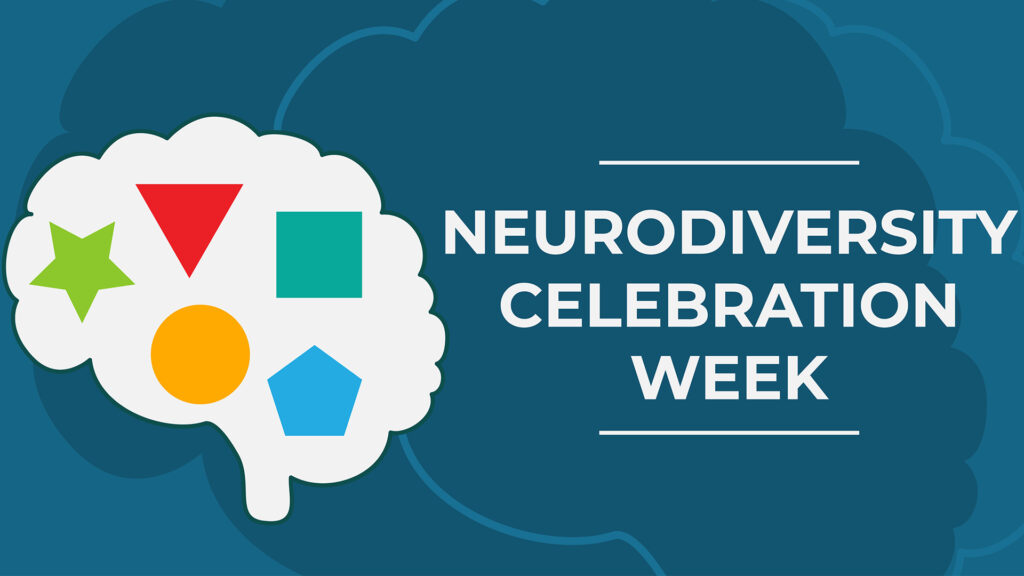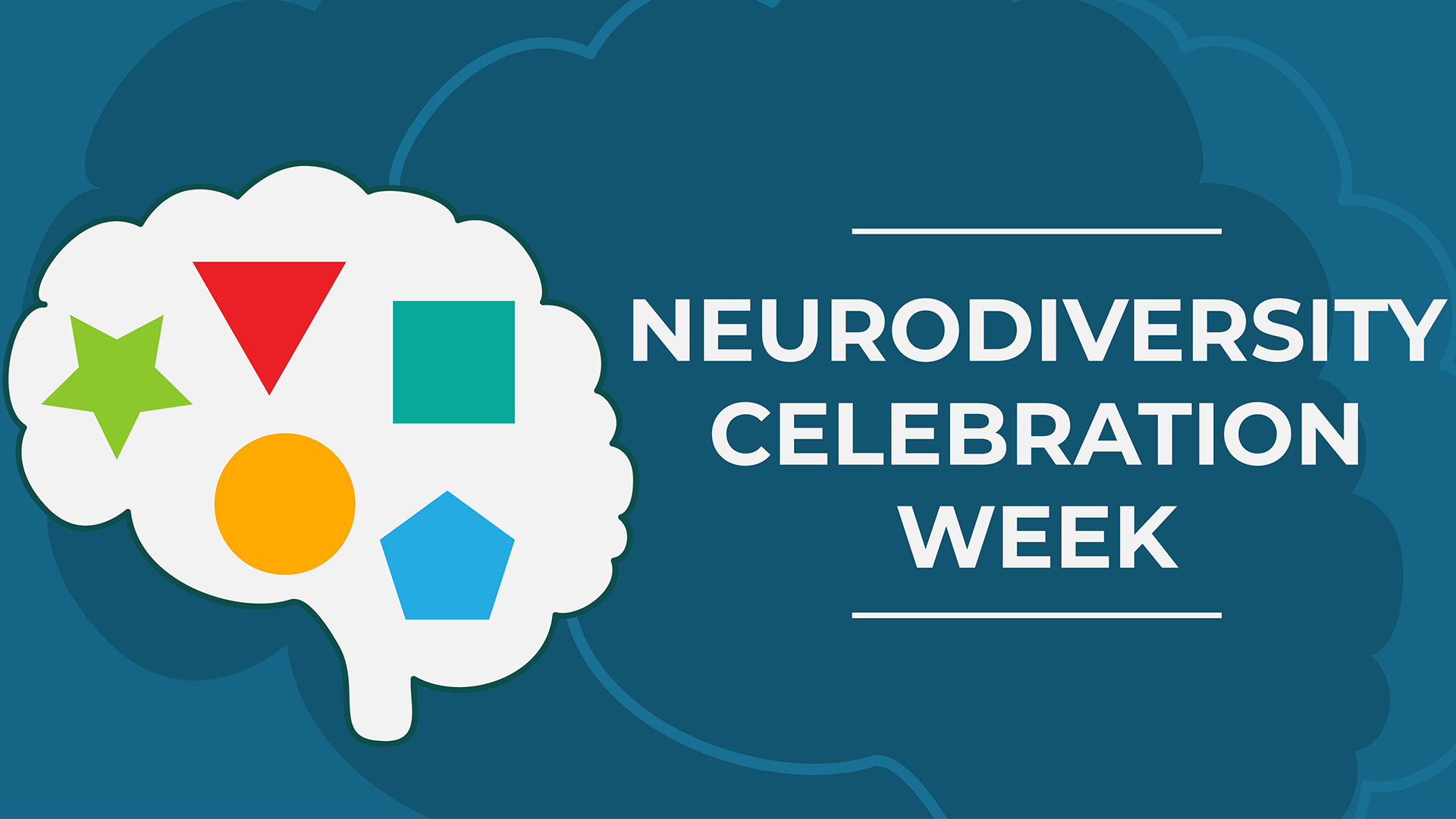
By Dan Kentley, Practice Manager at Onebright
Statistics suggest that around 1 in 100 people in the UK are autistic and circa 3-4 people in 100 have ADHD, however, it is important to note that many of these estimates are based on those who have been diagnosed. So, in reality, they are likely to be higher. Despite these numbers, countless individuals may go through life without a diagnosis, navigating challenges without understanding the root of their experiences.
The importance of having a formal diagnosis for employees
Neurodevelopmental conditions such as autism and ADHD affect individuals in different ways and will have varying degrees of impact for an individual in different settings (such as at home, in education, and in the workplace). Both assessment and diagnosis can help individuals better understand themselves, some of the difficulties they may have experienced, and how to navigate challenges in the future.
Individuals with conditions such as ADHD and autism will all possess a unique profile and experience strengths and difficulties in different areas (for example their analytical skills, relationships, and comprehension). This makes it especially important for recommendations and support following a diagnosis to be tailored to the individual, to help them address barriers they face, and build on their existing strengths.
A formal diagnosis can help identify and enable individuals to access appropriate support, which can come in many shapes and sizes depending on the needs of the person, and how their neurodiversity impacts them day-to-day. For example, employers can help make adjustments in the workplace.
In addition, individuals can help us continue to reduce stigma around neurodevelopmental conditions, and foster a society that embraces these and the strengths that come with them.
Research shows that historically neurodivergent women have often been misdiagnosed with anxiety or depression, indicating a significant gap in our understanding and approach to neurodiversity and meaning that for some people, formal diagnosis is delayed until much later in life. However, that is not to say that such conditions do not often co-exist. Neurodivergent individuals can be at a higher risk of developing these conditions.
What does a neurodiversity assessment entail?
An assessment may be split into several parts/appointments, but there are several ‘core components’ of autism and ADHD assessments that should always be present.
These include taking a detailed developmental, social, medical, and psychiatric history, assessment against specific diagnostic criteria, and exploration of how an individual’s difficulties impact them in different settings. Information will often be gathered in the form of several questionnaires, as well as during consultations.
For adults, input from an ‘observer’ who knew them during their childhood is a key part of the assessment. Sometimes, where this is not possible, access to any previous assessment or school reports can be helpful.
Once the process is complete, individuals will receive a detailed report, usually supplemented with strategies which may be helpful at home or in the workplace.
Why every workplace should be celebrating neurodiversity
The journey towards embracing neurodiversity is not just about recognising differences, it’s about celebrating the unique strengths and perspectives that neurodivergent individuals bring to our communities and workplaces. Acknowledging and valuing these unique perspectives is essential for cultivating environments where everyone can flourish. Through targeted adjustments and robust support mechanisms, we not only address individual challenges but also capitalise on the exceptional strengths neurodivergent people bring to our workplaces and society.




















